6 lo-fi mixing tricks that will make your track stand out in the club
Distortion, glitching and juxtaposition - just some of the techniques that can turn leaden mixes into dancefloor gold
In today’s world of uber-polished productions, mixing is one of the most difficult skills to perfect. Of course, we all want our dancefloor bangers to elicit a visceral response from a crowd, and stand up when played side-by-side against the loudest, brightest, punchiest tunes out there.
Yet it’s extremely common for the ‘bedroom’ mixdown to fall a little flat when magnified through a club’s mega soundsystem - the perceived clarity, depth and weight that you carefully honed in the studio often just doesn’t translate as perfectly as you’d like when it’s on such a massive scale.
It might sound counter-intuitive, but sometimes you can make your tracks stand out more if you embrace a more lo-fi approach to mixing, as the following six tricks will demonstrate
For more club-orientated mixing tutorials, get the October 2018 edition of Future Music.
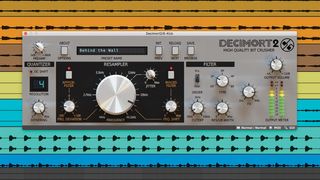
1. Dial in the dirt
In today’s world of high-fidelity production standards, a bit of roughness or grit can invoke a much-needed nostalgic feel. Lo-fi your track’s kick, snare, percussion or melodics with overt sample-rate reduction or bitcrushing to help the part poke out in the club.
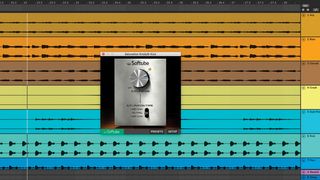
2. Over-distort
Distortion and synthetic sounds are best friends. Go beyond subtlety and over-distort one or two sounds in your mix for the ultimate in harmonic personality, roughness and ‘bloat’. Drums are obvious candidates, particularly TR-909 drums and 808 kicks.
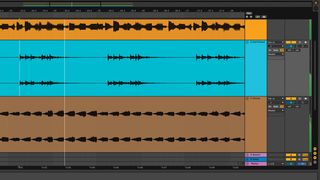
3. Consider contrast
Contrast is an essential consideration in dance music production. Juxtapose bright, hi-fi sounds with dark, rough signals; or pair some shockingly ‘cheap’ sounds with more obviously processed, polished creations.
Get the MusicRadar Newsletter
Want all the hottest music and gear news, reviews, deals, features and more, direct to your inbox? Sign up here.
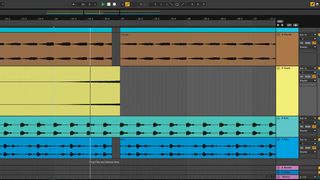
4. Cut them off
Traditional ‘pop’ mixdowns progress smoothly and naturally - an approach that goes against dance music’s raw, sampled aesthetic. Harshly curtail sustained sounds and reverb tails with stark volume cuts to jolt a dancefloor into unexpected submission.
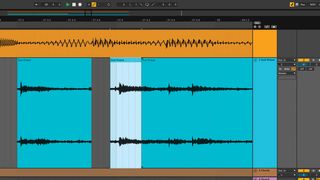
5. Leave in the 'bad' bits
Chopping samples and audio files can often result in digital pops and clicks. Instead of removing these with fades, embrace them! Purposely leave in some errors to create lo-fi vocal stutters, glitchy buildups, front-end attack and much more besides.
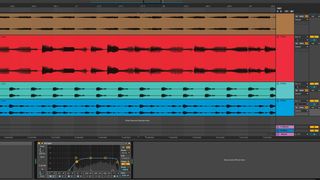
6. Little and large
We all want our beats, bass and synths to sound ‘full’, but the beauty of rough '90s dance music was the relatively low production values. Do the same and thin out all your sounds to accommodate one giant element - eg, skinny beats paired with a gigantic bassline.
Future Music is the number one magazine for today's producers. Packed with technique and technology we'll help you make great new music. All-access artist interviews, in-depth gear reviews, essential production tutorials and much more. Every marvellous monthly edition features reliable reviews of the latest and greatest hardware and software technology and techniques, unparalleled advice, in-depth interviews, sensational free samples and so much more to improve the experience and outcome of your music-making.

"If I wasn't recording albums every month, multiple albums, and I wasn't playing on everyone's songs, I wouldn't need any of this”: Travis Barker reveals his production tricks and gear in a new studio tour

“My management and agent have always tried to cover my back on the road”: Neil Young just axed premium gig tickets following advice from The Cure’s Robert Smith











